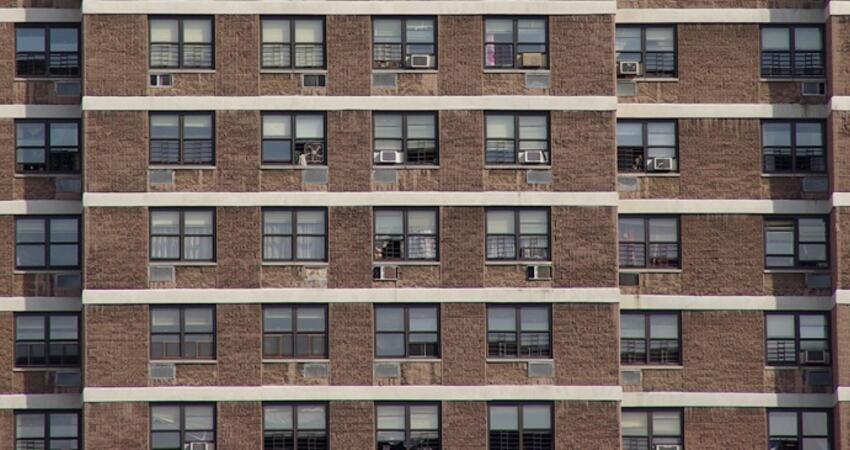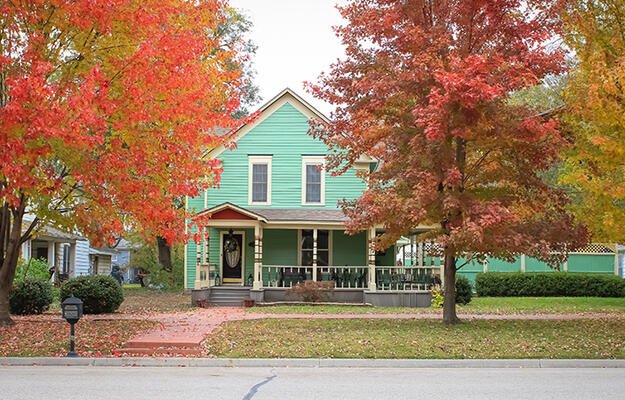
Heart Disease Higher for Bronx Latinos with Housing Assistance
- Title:
- Heart Disease Higher for Bronx Latinos with Housing Assistance
- Author:
-
Earle Chambers, Emily Rosenbaum
- Source:
- Publication Date:
Poor-quality housing is firmly associated with poorer health outcomes, but can affordable housing affect cardiovascular health? In research published in the Journal of Urban Health, Emily Rosenbaum and Earle Chambers examined cardiovascular health among Latinos in affordable housing in the Bronx. Through a cross-sectional study of 371 low-income Bronx Latinos living in public housing (38%), receiving Section 8 voucher assistance (30%), and without housing assistance (31%), clinical interviewers asked about eating habits and measured health qualities like height, weight, blood pressure, and waist circumference. Interviewers also gave participants pedometers to measure their daily activity.
Major findings:
- Although there were no differences among the groups in smoking, availability of fresh produce, exercise, or obesity, public housing residents were more likely to have diabetes, to have suffered a heart attack, and to suffer from hypertension than other groups.
- For diabetes, heart attacks, and hypertension, Latinos in public housing fared the worst, followed by Section 8 voucher holders, then low-income Latinos without housing assistance.
- Public housing residents are in poorer neighborhoods, probably where people lack safe and accessible places to be physically active; making neighborhoods safer and green can encourage people to exercise more.
- Safety hazards, air ventilation quality, and lacking heat or air conditioning—all conditions that are more common in public housing—can increase depression and stress, which leads to poor health outcomes.
- Healthy eating was relatively rare among all three groups of low-income Latinos.


